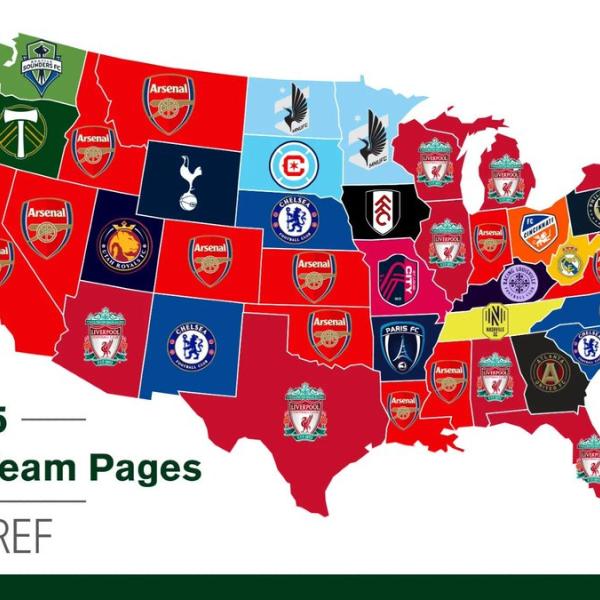English football is known for oddly named teams: Nottingham Forest, Accrington Stanley, Leyton Orient. Yet even with these curious labels, there is one commonality between these clubs — they are named after neighborhoods or towns.
In fact, only one EFL side is not named after a place — League One side Port Vale, whose title represents the valley of ports on the Trent and Mersey Canal.
But one club seems to reject all logic with its name: Crystal Palace. London has a region known as Crystal Palace, but the title is only as old as the football club itself.
It almost seems like a silly question, but is Crystal Palace FC actually named after a crystal palace? We dove deep to discover the true explanation for the the club's name.
Why Is Crystal Palace Called Crystal Palace? Name Explained
The year is 1850. In 12 short months, an event known as the Great Exhibition — an international display of the greatest technologies of the Industrial Revolution — is set to take place in London.
To house this event, a building made of sheet glass was constructed in the Hyde Park neighborhood of London. A recently invented material that precluded the need for artificial light, the cheap-yet-strong glass was used liberally throughout the structure, making for transparent walls and ceilings.
More than six million people flocked to Central London for the showcase, which is now considered the first world fair. The design led playwright Douglas Jerrod — before even seeing the building — to describe it as a "palace of very crystal." The name "Crystal Palace" was born.
After the exhibition, the building was dismantled and reassembled in a park in South London in 1854. The area was renamed Crystal Palace, and the surrounding park and athletic facilities were given the same name.
Crystal Palace Company — which owned the building — created Crystal Palace Club in 1857 as a cricket team before switching to soccer in 1861. Two years later, Crystal Palace became one of the founding members of the Football Association. The club then disappeared until 1905, when it reemerged as a professional side.
The Eagles played at Crystal Palace Stadium until 1924, when Selhurst Park was opened. The club continues to call Selhurst Park home to this day, but the Crystal Palace name is still intact.






